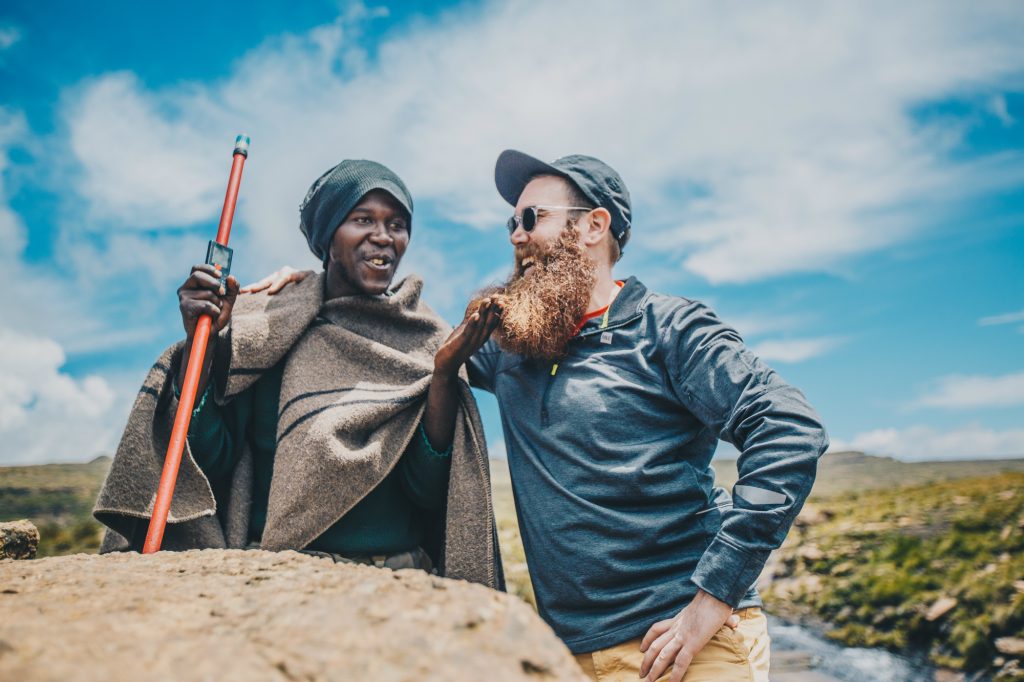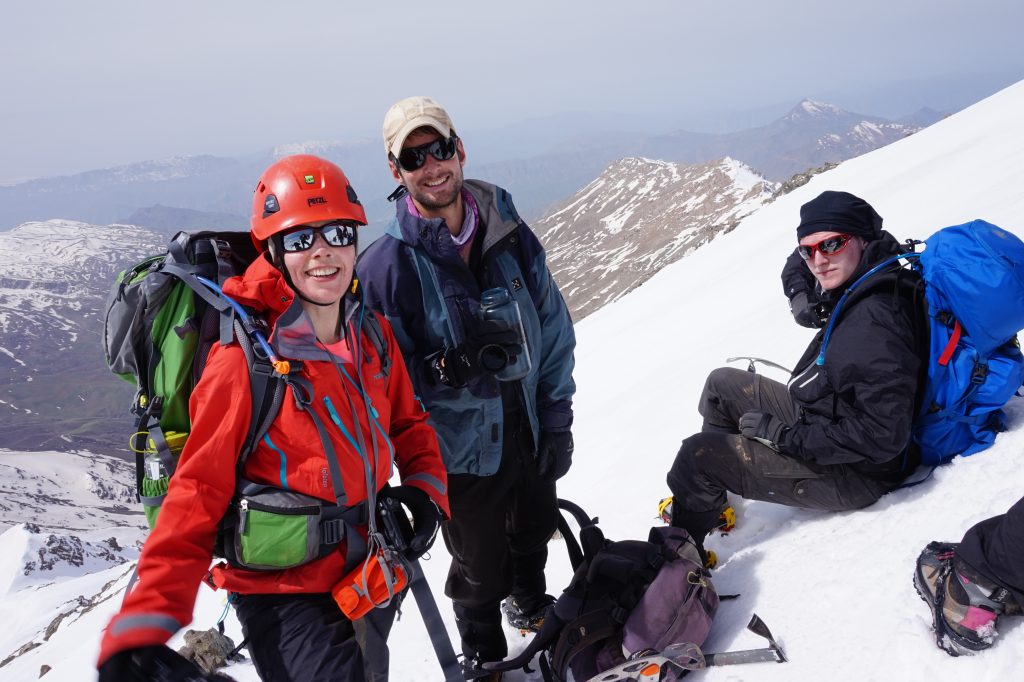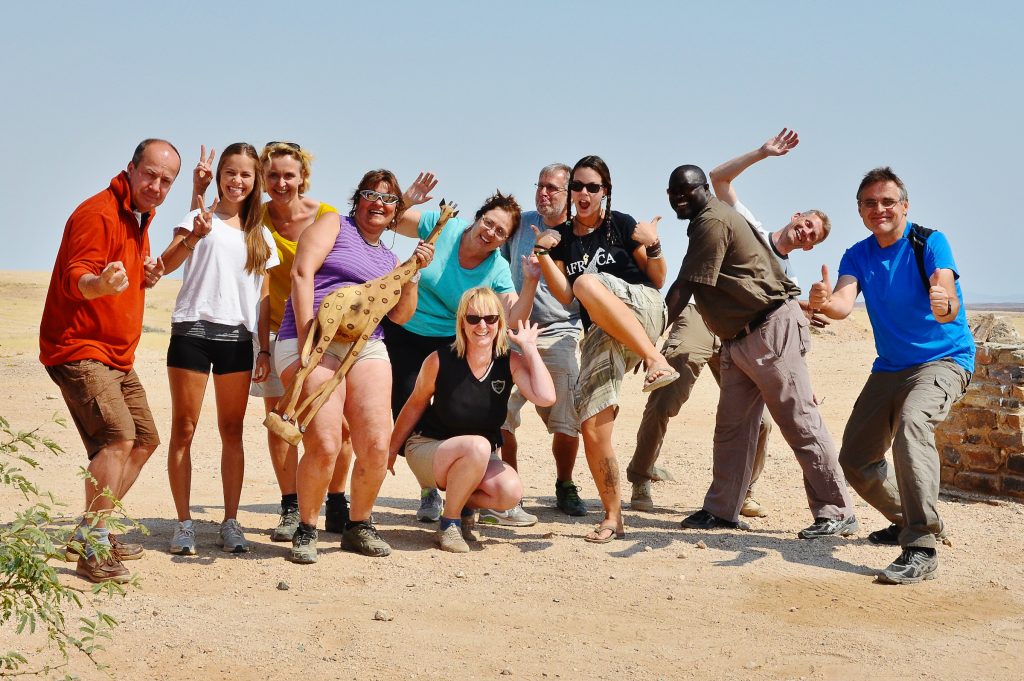Whether intentionally setting out on their own as single individuals or because their normal travel partners are uninterested or unavailable for a particular trip, one thing is certain: Nothing is stopping solo travelers from hitting the road.
A number of recent surveys and the Adventure Travel Trade Association’s (ATTA) report, 20 Adventure Trends to Watch in 2018, indicate solo travel is on the rise. Additionally, ATTA members hosting solo travelers confirm this is a trend worth watching. A May 2018 study by Booking.com of 20,500 global travelers notes 40 percent of Baby Boomers have taken a solo trip in the past year, yet Under30Experiences, which is Millennial-focused, reports more than 80 percent of its clients travel on their own, indicating an interest in solo travel across all age groups. Additionally, a survey conducted by MMGY Global found 25 percent of respondents plan to travel on their own in 2018.
Nonetheless, solo travel comes with its own baggage. A recent survey commissioned by Intrepid Travel of 2,000 American travelers found that 73 percent of respondents worry about safety while traveling completely alone, 53 percent worry about getting lost, and 39 percent worry about the stress of planning a trip. So even though there are a lot of individuals who manage their own logistics, many others seek the safety net tour companies provide over traveling completely independently. This offers an opportunity for tour companies — if they know how to reach and woo this segment of travelers.
Solo Traveler Outreach
Being aware of and specifically acknowledging people who are traveling on their own is important. “Have a page dedicated to solo travelers that can be easily found on your website. This is a chance to be clear on how you serve solo travelers,” said Janice Waugh, who has been chronicling her solo travels since 2009 and manages the Solo Travel Society, a Facebook community. “We frequently hear complaints from readers who can't figure out whether a company wants their business or not.” Intrepid Travel, which has seen a 40 percent growth in solo travel over the past five years, is a great example of this, with robust content in its solo traveler section, including highlighted trips, testimonials, blog posts, and a safety guide.

KE Adventure Travel, where 56 percent of its clientele are solo travelers, creates evergreen blog content addressing concerns specific to this demographic such as safety, expenses, and traveling with strangers. More than 80 percent of people on tour with Under30Experiences are traveling on their own, and the company uses targeted digital advertising to reach its potential clients. And at Mountain Travel Sobek, company representatives contact every potential guest, addressing any travel concerns, including those related to solo travel. “In addition to talking through the details of the itinerary ... we talk about rooming options and group dynamics. As soon as someone mentions that he/she is traveling solo, we’re able to have that conversation and put them at ease,” said Jessica Jones, Mountain Travel Sobek’s senior director of operations.
One way to ease would-be individual travelers into the group tour experience is through in-person experiences prior to trip departures. Under30Experiences hosts meet-ups across the United States while Adventure Canada organizes email sharing for interested travelers. “A welcome reception at the beginning of a tour or cruise so that they can get to know each other is also appreciated,” Waugh said.
Single Supplement
One of the main concerns solo travelers have is the single supplement, or being charged more for utilizing a room on their own. This extra charge is meant to make up for the financial loss incurred by the hospitality partner, but it can also make solo travelers feel ostracized. “When I started Solo Traveler nine years ago, that supplement was often as much as 100 percent,” Waugh said. “Over the years the solo market has been recognized as valuable and companies have started competing for it, adjusting their pricing structure to reduce the single supplement as much as possible and, in some cases, to zero. Generally speaking, solo travelers resent the single supplement. Some abhor it, refusing to go with any company that would charge one.”

To appeal to this growing demographic without penalizing them financially, several tour companies have come up with creative solutions addressing the single supplement. Solo travelers represent 25-30 percent of Adventure Canada’s annual bookings, and the company sets aside a minimum of 17 cabins on each Ocean Endeavour voyage where solo travelers can have the whole cabin to themselves without an extra charge. After those are full, they can be matched with a roommate or charged with a 1.5x single-occupancy fee. Regardless, Waugh said it is important companies are straightforward about the single supplement. “Make your pricing for single and double occupancy clear. In some cases one has to price a trip out twice to know whether there is a supplement or not and how much it is.”
Instead of utilizing two-person rooms, some tour companies take advantage of mountain huts or dormitory-style lodging, which removes the option for a single supplement altogether. Still others match individual travelers with suitable roommates, or, as with Canyon Calling Tours, rotate roommates at each new accommodation stop, giving individual travelers a chance to meet one another. However, most companies implement a single supplement charge to those who want a guaranteed private room.
Integration into Groups
“Go solo, but not alone” is an Intrepid Travel motto that encompasses the essence of the company’s group tours built entirely of single travelers. “In our small group setting they can have the comfort of traveling with like-minded travelers from around the world,” said Nicole Powell of Intrepid Group North America.

Whether they’re joining other individual travelers or those in pairs or groups during tours, there are several logistical considerations and itinerary choices operators can make to help everyone feel welcome. Simply by the nature of its extreme adventure trips, about 90 percent of Secret Compass clients are traveling alone. “We often find those who travel with us have partners at home who are perhaps not as interested in this type of travel so these expeditions are a way for them to still experience achieving what it is they're looking to do without this being a concern,” said Bryony Balen, operations manager for Secret Compass. “Due to the intensity and duration of the trips (two to three weeks), expedition members must complete a detailed application process, inspiring confidence that those they’ll be traveling with are of a similar mindset and physically prepared.” Because of this commonality, Balen said, “we then often find that expedition teammates who have joined individually then leave the teams as friends.”
Creating smaller groups that encourage integration with a variety of people can help mix things up. “On our hut-to-hut trail running trips, the group divides based on pace during the day, which can change based on uphill, downhill, and flat-section skill levels, rather than who they know,” said Liz Gill of Runcation Travel. “This is an organic way to form new friendships rather than stick with the person you came with.”
During downtime, tour operators may want to build in extra activities allowing solo travelers — and those traveling with others — to participate in these optional opportunities with new people or take time on their own. “Free time is appreciated so that there is solo time as well as group time,” Waugh said. Dining can be an awkward time, but tour operators can mitigate this by offering a communal breakfast and dinner to encourage everyone to start and end the day together. This is also a great opportunity to explain upcoming plans and relive shared memories.
Single-Person Itineraries
In addition to offering solo-friendly group tours, a number of companies design customized trips for solo travelers. Business representatives say the most common reasons why solo travelers seek out their help is for safety and security reasons. By offering GPS routes and turn-by-turn directions for self-guided excursions and 24-hour emergency support (often based in-country), solo travelers can go their own way with peace of mind.

Additionally, solo travelers look for operators to provide logistical support and to work out any difficult details prior to arrival. Tour companies can offer superior service by keeping traveler needs in mind. “When preparing an itinerary for a solo traveler, we offer flexible ground transportation options,” said Gustavo Ustariz of Choose Honduras. “For example, using a smaller vehicle instead of a mini-bus to move between destinations, or even using public transit buses between destinations to reduce individual transport cost.”
As more people begin venturing on their own, one final consideration tour companies should keep in mind is their commitment to traveling. At Myths and Mountains, this means not canceling a trip, even is only one person has signed up for it. Tiered pricing allows the company to run the trip regardless of how many people sign up, with the price dropping as more people commit. When interested clients get in touch, the company is honest about the pricing structure, the number of people who are currently signed up for a given trip, and the fact that, regardless of what happens, the trip will go on as planned. “We want people to know where they stand. We explain that we will work hard to market this trip to others,” said Dr. Antonia Neubauer, president of the company. “We also talk about the advantages of traveling alone and assure people that they will be carefully watched over.”
